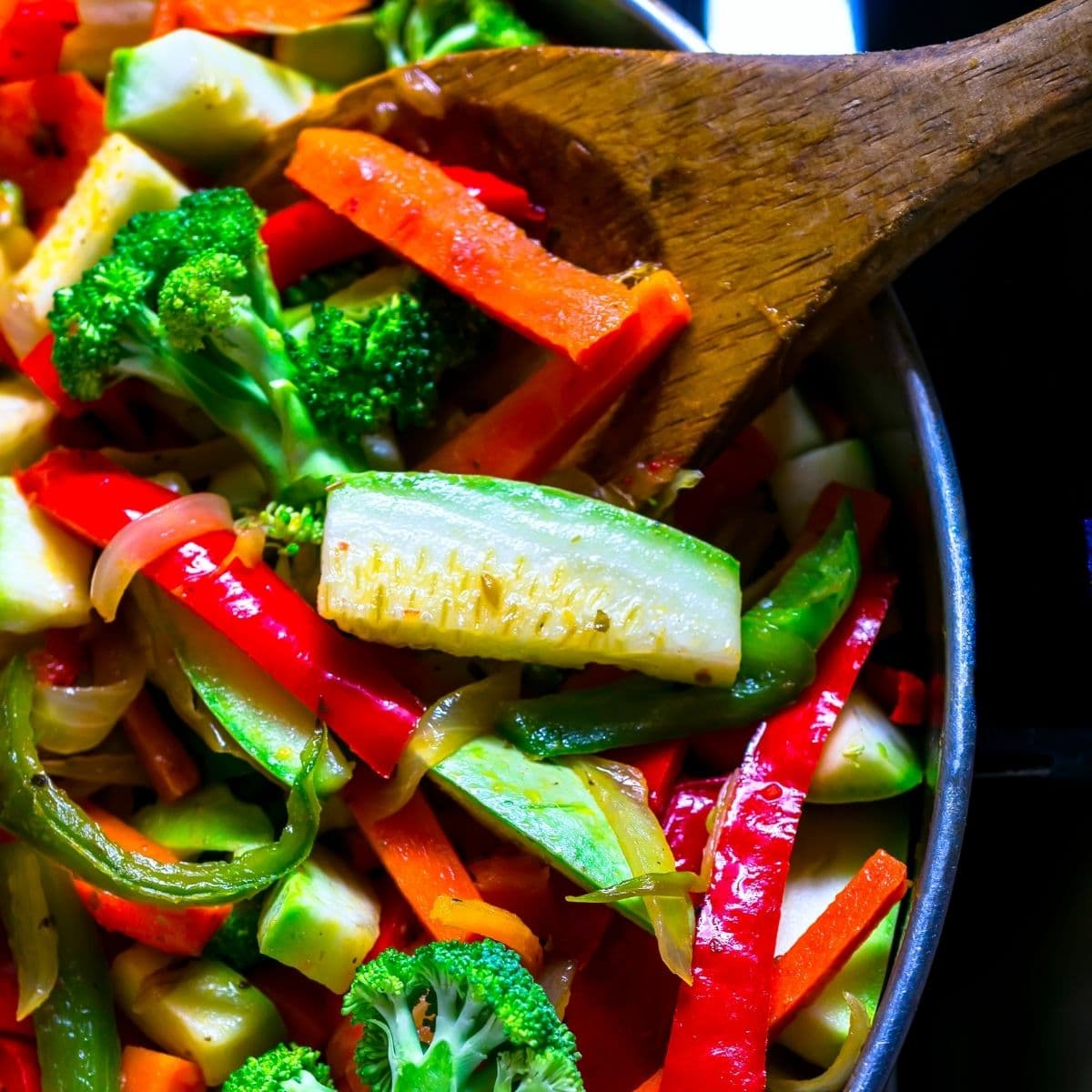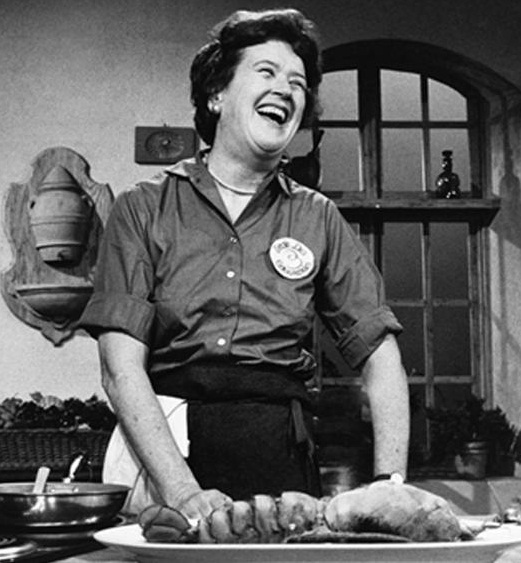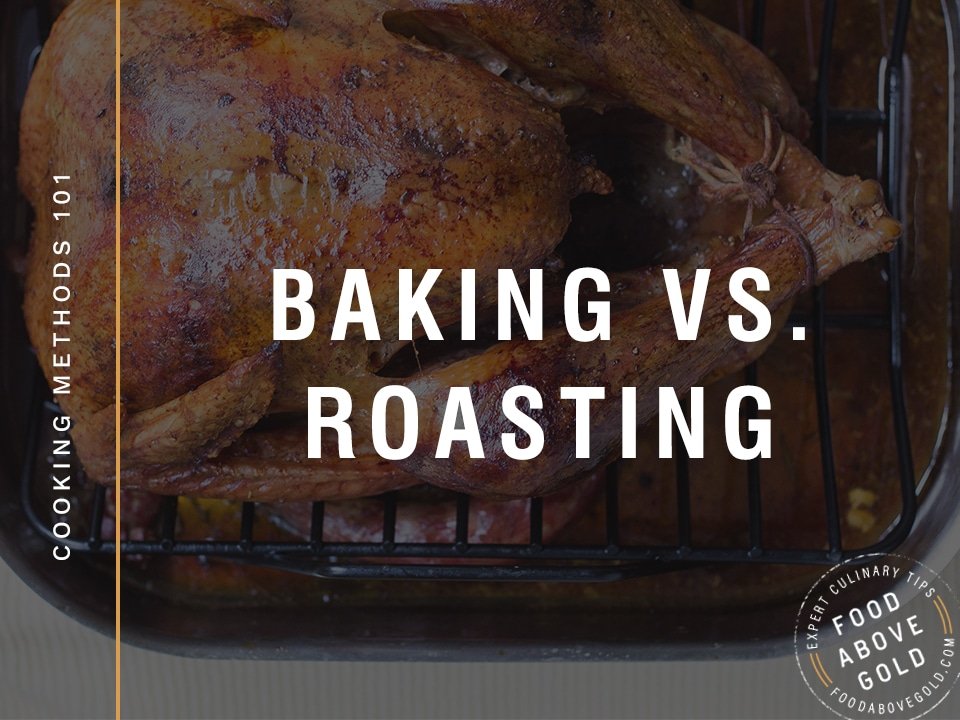
These cooking tips and tricks can help novices and experts alike make better food. Make sure you understand the order of ingredients before adding them to a dish. Different ingredients cook at different rates. Also, you'll learn how your senses work together to prepare food. And if you don't have a sense of smell, learn how to use a thermometer to check the temperature of a dish. Do not be afraid to experiment and try out new flavors.
Ten simple cooking techniques
If you enjoy trying new foods, learning how to cook can make your life more enjoyable. Even the simplest of dishes can be made more delicious and even healthier if you learn some basic cooking tricks. There are many different ways to cook chicken and salmon. The first part of the operation is beating eggs. Cooking eggs takes just five minutes! A useful trick for cooking eggs is to first blot the meat. This helps ensure that the meat cooks evenly.
Defrost frozen ingredients before you use them in your cooking. This will preserve their texture. If you're using frozen ingredients, make sure to store them in a nearby cupboard to avoid the heat and steam that can escape from the stove or the fridge. This will preserve their taste. If you don't have a freezer, you can defrost them in the fridge if you need to.
Proper measuring cup
A set can come in many sizes and shapes. A 6-piece set includes a measuring cup for each common measurement, including a 2/3 and a 3/4 cup. They are useful for measuring dry ingredients such as flour but not always the most convenient. A set of these cups is a great way to ensure precise measurements of all things, liquids included. These are some tips to help you choose the right measuring cups for your cooking.

First, ensure that you get a set of both liquid and dry measuring cups. There's no need to worry that you might accidentally fill them up with liquid if they're intended for dry ingredients. You should avoid placing your measuring cup in a bag of flour, or other dry ingredients that could cause it to become inaccurate. You'll get a more accurate measurement if you use liquid measuring cups that have an ambiguous measurement line.
Storing food in a safe place
Knowing what you will be using is the first step to properly store food. Some foods won't spoil and can be stored in the fridge or pantry. Other items should be stored in glass containers. Store non-perishable items in glass jars or airtight containers. They should be kept in a cool, dark place away from direct sunlight. Here are some helpful tips for properly storing food in your fridge.
First, make sure your kitchen is clean and clutter-free. Avoid storing food close to household products. Keep food cool and dark. It is important to make sure that your containers are well-fitted. This will ensure that you don't eat any leftover food. Keep food away from heat sources and pipes. Color can also be affected by prolonged exposure to the sun.
Cooking with your own senses
Cooking can be a rewarding experience if you use all your senses. You can use your senses to help you choose the best ingredients for your recipe. You will find it easier to predict the cooking times if you can envision the flavors in a particular dish. Your visual senses (including touch and smell) are also important. When shopping for ingredients, listen to your gut, and use your imagination to imagine what they will taste like. If you feel that red cabbage would be a better substitute for broccoli, it might make for a delicious and unique dish.

By using your five senses, you'll find it easier to identify new foods, assess their quality, and enjoy them more. As you'll find, there's a whole new world out there. You can learn about the fascinating science of flavour and learn to use your senses to appreciate food as you cook. It will be easy to tell the difference between an emoji and a real emojipeach. You can even learn to appreciate grapefruit's bitterness. If your kitchen is cluttered, you can use all your senses and look around to make sure that everything is in order.
FAQ
What are some of the benefits of using slow cookers?
Slow cookers are extremely useful as they make it easy to cook delicious meals in a short time. Slow cooker recipes require less oil or fat than traditional recipes, making them healthier. In addition, slow cooker recipes are convenient because they take care of themselves while you sleep.
How long does it take for you to learn to cook? How long do I need to learn to cook?
It all depends on what level of skill you have. Some people can master basic cooking techniques in a matter days. Others may take months or years to master the basics of cooking.
The amount of time needed to learn to cook varies considerably based on the person. For example, someone who has never cooked before would probably need more time than someone who cooks regularly. Different types of cooking require different amounts of experience. For instance, baking requires more knowledge than frying.
Focusing on a particular technique is the best way to speed up your cooking skills. Once you've mastered that technique, move on to another one. Do not worry about how long it takes you to learn how to cook. Keep practicing and having fun with the whole process.
What is the cost to study culinary arts?
It is not easy to find a culinary arts degree that costs less than $40,000. For example, a 4-year degree costs about $40,000. A two-year associate degree, on the other hand may cost less than $5,000. The tuition rate you choose depends on the program. Private institutions charge higher prices than public ones.
Which is the best way for you to learn how to cook?
Cooking should be something everyone can do. If you don't know how to cook, you miss out on some great food experiences. First, find a recipe that appeals to you and then follow it closely. The next step is to practice making small modifications to the recipe until it becomes second nature. Next, you can cook for others. This will help you improve at cooking and also allow you to test your skills.
Statistics
- On average, chefs earn $58,740 a year, according to the BLS. - learnhowtobecome.org
- You'll be amazed that over 90% of CIA students receive scholarships and grants to finish their culinary studies. (ischoolconnect.com)
- In the United States, the category is estimated at $23.2 billion annually and is growing faster than the market. (washingtonpost.com)
External Links
How To
How to make a perfect Omelette
Omelets are a favorite breakfast food of mine. But how do you make them perfectly? I have tried many different recipes and methods, but none of them work. So I am sharing some tips and tricks today to help you make fluffy, delicious omelets every morning.
First, eggs can be very temperamental ingredients for making omelets. It is important that eggs are fresh from an organic market and kept cool until used. If they are not kept cold enough, the whites won’t form properly. The yolks will also break down too quickly and become runny. This will make your omelets appear strangely colored. If you're going to cook them immediately, it is best if the eggs are still warm.
You might also try separating the egg before adding to the pan. Because this could cause your omelet to become curdled, you don't want any yolk to be mixed with any white.
The bottom part of an egg that is added directly to the stovetop might be burned, which could cause a ruined texture in your omelet. Instead, place the egg in the microwave for 10 second before you put it in the skillet. The heat from the microwave cooks the egg just enough without overcooking it.
Next, let us talk about how to mix the eggs. Mixing eggs together is important. You need to beat them well. You can do this by turning the bowl of your mixer upside down. Then shake the bowl vigorously. This way, the air inside the bowl gets whipped around and mixes the egg thoroughly.
Now comes the fun part - pouring the milk into the mixture. Pour half the milk into the beaten egg mixture and then fold in the eggs. If you still see streaks of eggs, don't worry. These streaks will disappear once the omelet has been turned over.
After you have folded your eggs, heat up the oil on medium heat. Wait for it to get hot. Once the oil begins to heat, add 1/4 cup butter and swirl the pan to coat it. Now carefully crack open the lid of the pan and sprinkle salt into the pan. Salt will prevent the omelet sticking to the pan.
Once the omelet has formed completely, cover the pan and let it set for a few minutes. Flip the omelet over using a spatula or flip the pan upside down. Cook the second side for a minute or so. Serve immediately after removing the omelet from its pan.
This recipe works best with whole milk, but skimmed milk also works.